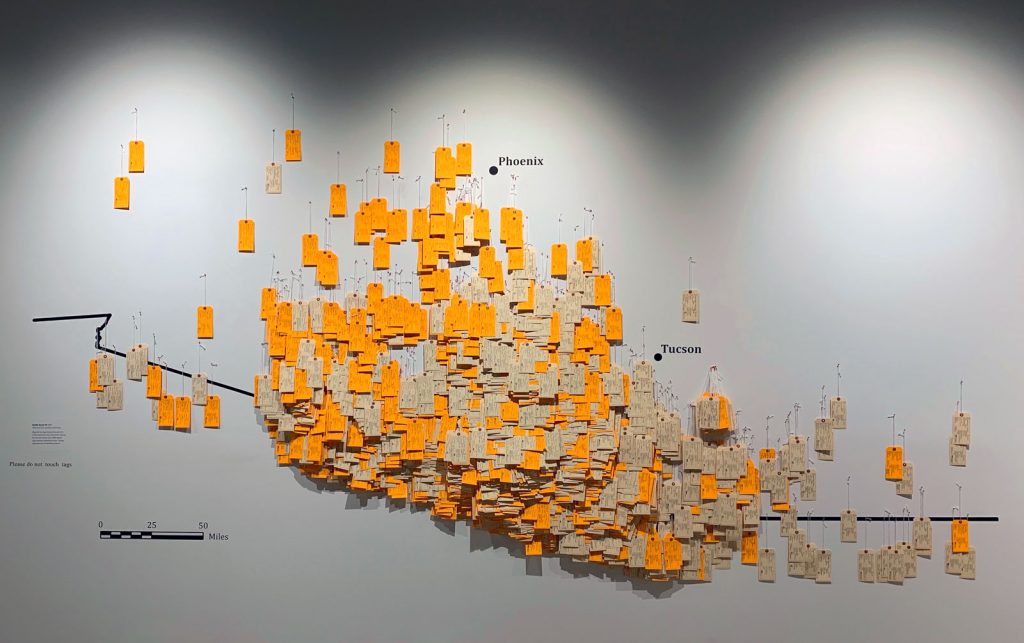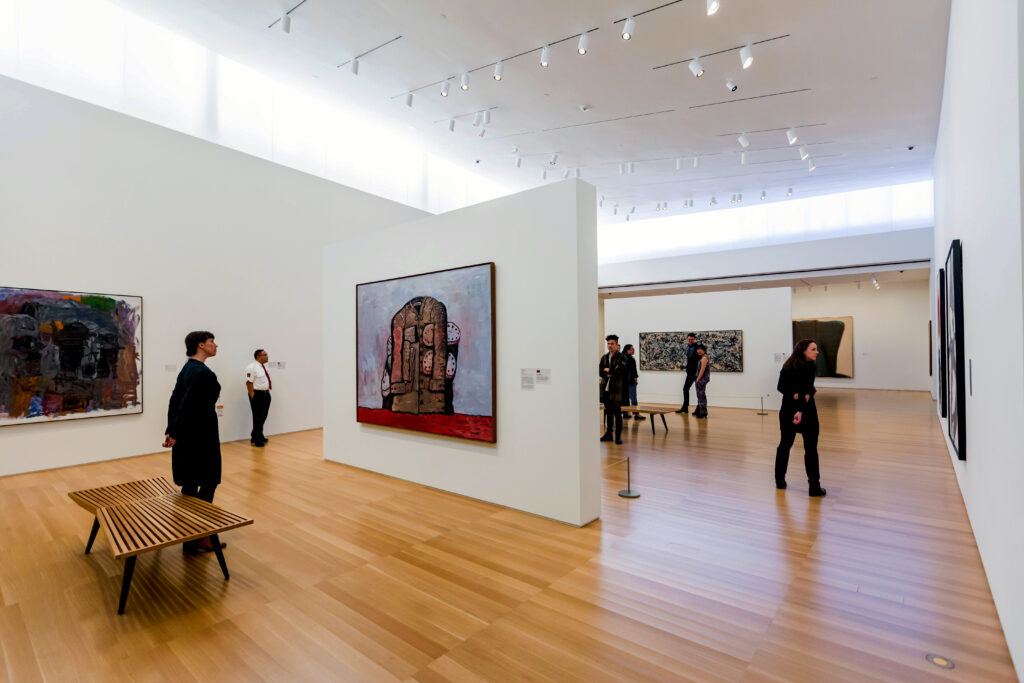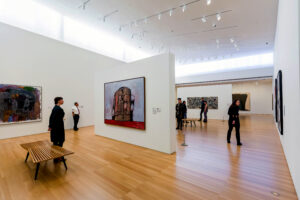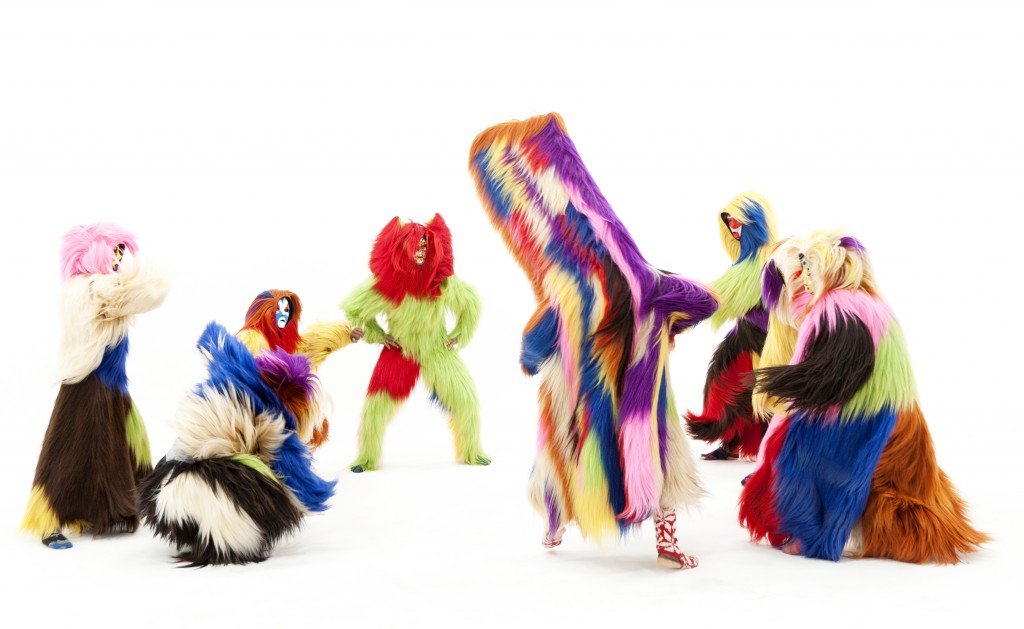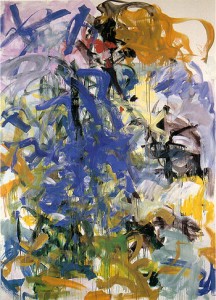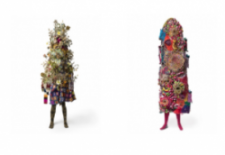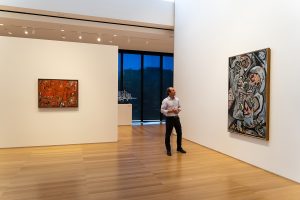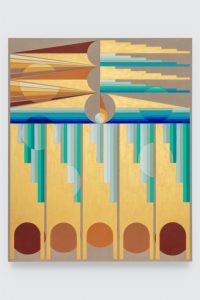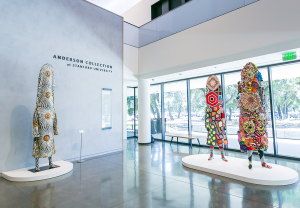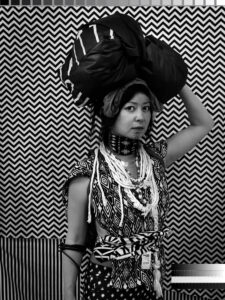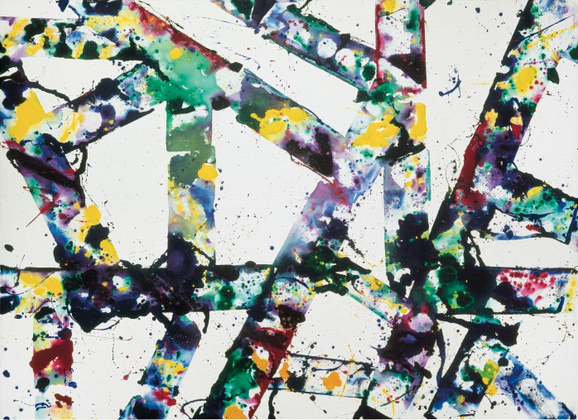New acquisition by David Park on view at the Anderson Collection
…and the importance of Park, former curatorial intern Sydney Simon, PhD ’18, wrote, “In the 1950s, a small group of artists in San Francisco took a surprising turn away from Abstract Expressionism, which dominated progressive art in New York and California, by reintroducing recognizable subject matter into their painting…David Park, who was teaching at the California School of Fine Arts (now the San Francisco Arts Institute), initiated this embra…




